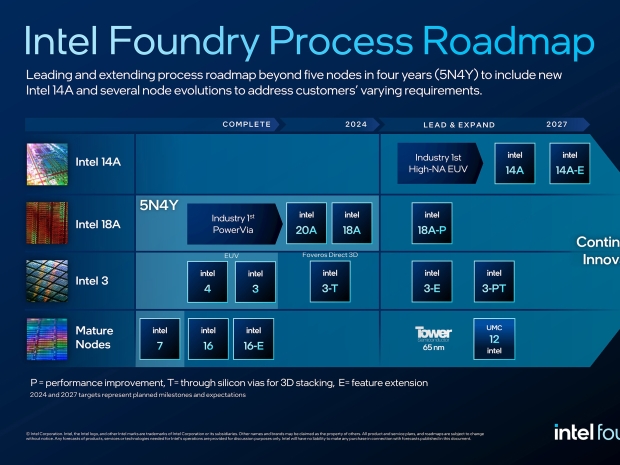Before the gathered throngs at Intel’s Direct Connect 2025, the outfit teased a tech stack that could support something very close to AMD’s X3D cache magic, using its shiny new 18A-PT process and hybrid bonding trickery.
Right now, Intel’s desktop CPU game is all but cooked. The Core Ultra 200S chips have flopped, Arrow Lake looks uninspired, and long-time loyalists are jumping ship to AMD’s more competitive offerings. But with Nova Lake and its fancy new packaging, the firm sees a possible return to form.
Intel has never officially given up on 3D V-Cache, with former CEO Pat Gelsinger hinting at a custom version built with Foveros and EMIB. Even if the first wave of cache stacking hits server chips, there's still hope for consumer versions to follow.
At the event, Intel pulled the curtain back on its 18A-PT node, which will support 3D Integrated Circuit designs, a big deal for cache stacking. Paired with Direct 3D bonding tech, which boasts a pitch under 5μm, which is tighter than TSMC’s current 9μm, this could finally put Intel in range of AMD’s performance-heavy X3D chips.
It’s the same kind of tech AMD uses to shove extra L3 cache on its Ryzen parts. Gamers and pros love it, and it’s given AMD a fat slice of the enthusiast market. But while Intel’s tech might look better on paper, execution is a big question mark.
J. Gold and others say Intel is great at showcasing future roadmaps. Actually delivering them on time, at cost, and with the performance promised is another story. The same scepticism hangs over Foveros Direct 3D, which will get a trial run on Clearwater Forest Xeons before any consumer CPUs see the benefit.




